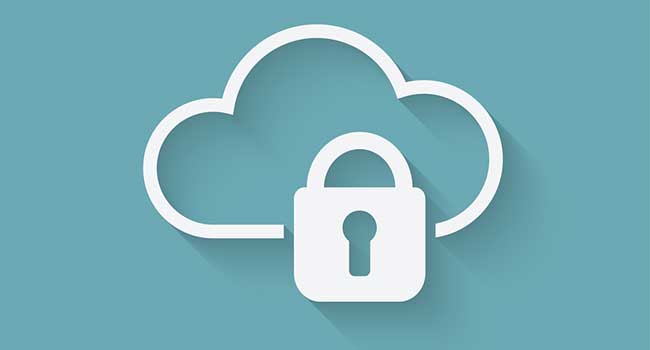
Online Exclusive: Building Security Management: Is the Cloud a Viable Option?
- By Steven Turney
- Dec 07, 2016
Early on “the cloud” might have brought a literal image to mind. The concept was as hazy and mysterious as an actual cumulonimbus. Now, the understanding of cloud technology and its value are clear, but safety often comes into question for security professionals. While some may think the cloud and security go together like oil and water, running your security operations in the cloud doesn’t have to be an oxymoron.
According to a recent IDG Enterprise study, many organizations already have several enterprise solutions in the cloud or plan to do so soon. This includes everything from email and voicemail services, to HR systems, customer relationship management and other business databases. The benefits of hosting systems in the cloud are significant and include cost savings, mobile access and the ability to easily implement the latest innovations. But for facility managers and building owners, questions often arise when initially considering moving physical security to the cloud. How will it impact performance? What are the risks?
For these organizations that are already familiar with the benefits of cloud computing, moving security to the cloud should be viewed as a viable option. Here are just three reasons why you should consider an open, mobile cloud-based tool for your security team:
1. You’ll reduce support, development and operations costs. Traditionally, security operations software would have to be hosted and maintained locally. A dedicated server was required, which would then have to be monitored, maintained and updated. A cloud-based solution is easier to deploy and maintain than traditional systems because cloud providers manage and maintain the software and supporting hardware, updating it continuously with the most advanced technology. This means there is no server to maintain and no dedicated IT personnel required for upkeep.
2. Your teams will have access anytime, from anywhere. When it comes to solutions like building security management, the cloud can provide real-time visibility into an entire organization – facilities, assets and systems – from either decentralized, centralized or even mobile locations, even at the same time. This helps to ensure a positive security position at all times, as staff can access critical data from their laptops, tablets or smart phones any time they need it.
3. You’ll receive real-time information for a current and holistic view of security operations. Simply put, latency is not an issue. As events, transactions, alarms and more are occurring, security teams will be able to see synchronized updates on their devices. From alarm management, closed circuit TV integration, to ID badging, elevator and light control and mass communication, there will be no delay in your response time and no surprises on the back end.
So what should security managers look for when selecting a cloud solution?
Like any technology, an investment in a security management solution requires due diligence, as not all cloud-based offerings provide the same functionality. Security teams should consider the following key items when evaluating their cloud options:
- Open solutions. An open solution provides maximum flexibility in how you deploy your system so you can have peace of mind in knowing the investments you make today will not be irrelevant tomorrow.
- Mobility and remote access. As stated above, mobile and web-based applications allow security operations teams to access their systems from virtually anywhere, anytime so they can make clear, informed decisions to more effectively manage their enterprises.
- Solution security. A cloud solution should meet stringent security requirements and government regulations, and consequently, only grant authorized personnel access to the system. Look for a multi-layered solution that is designed for the cloud, with SSL encryption, as well as TSL encryption which can protect communications between controllers, workstations and mobile devices.
- Real-time information. Teams need up-to-the-second information on security to have a current and holistic view of their security operations with no latency or delays.
- Simplified integration and user experience. An advanced building security management solution brings together disparate security systems such as access control, intrusion detection, mass messaging and video surveillance into an easy-to-use interface. It also enables simplified integration with other building systems for enhanced security and more efficient operations.
- Reduced operating costs. A cloud solution should also help reduce your day to day operating costs by leveraging the benefits of the cloud services, eliminating the need for proprietary hardware, software or servers. With an intuitive user interface, an organization can expect to reduce personnel training costs while off-the-shelf devices and universal protocols simplify support and maintenance.
In today’s world, there’s a mobile app for everything. Why should your security operations be any different?